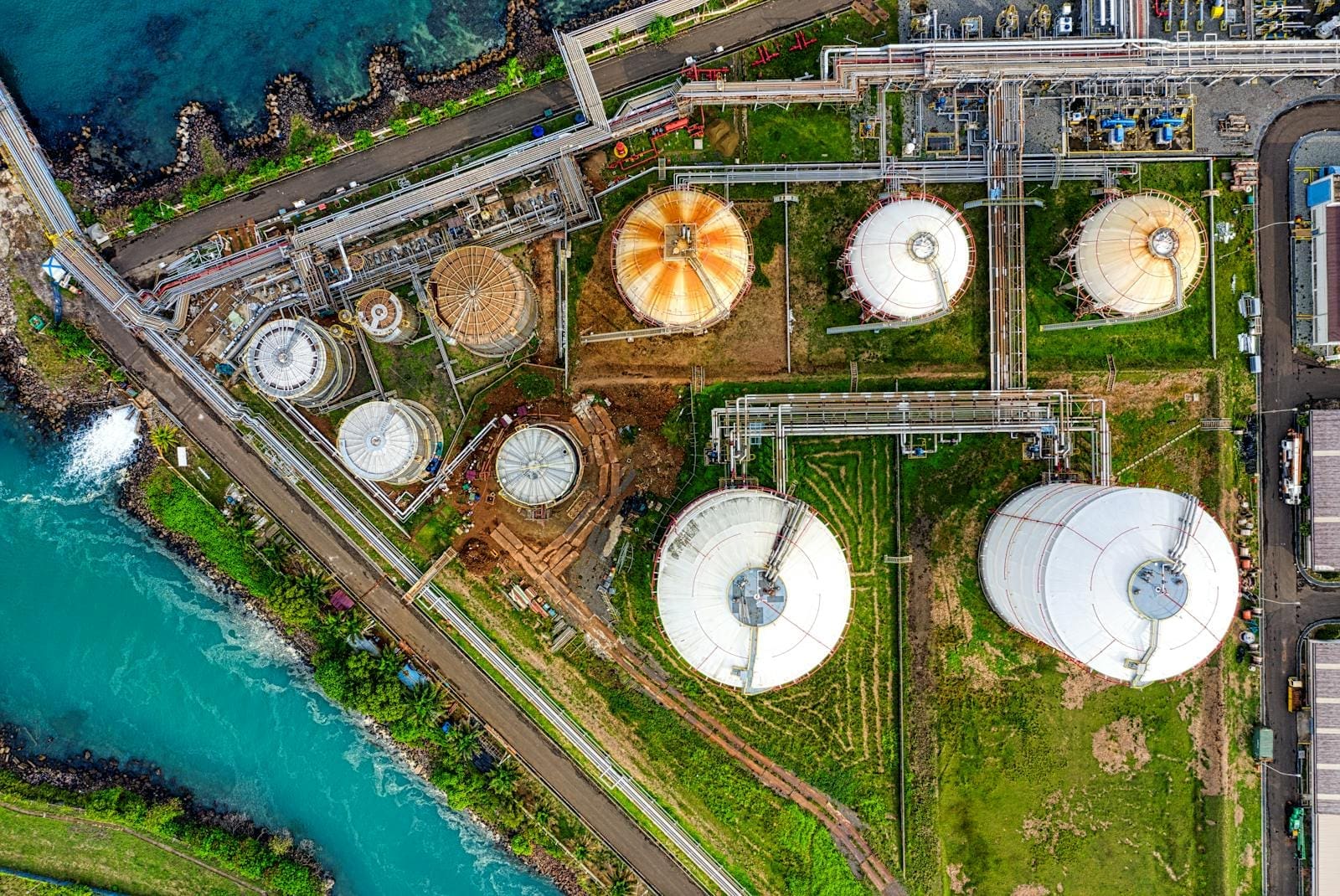You’re navigating a transformative era in the oil and gas industry, where sustainability shapes strategy. This article reveals how firms are adopting innovative technologies and adapting to new policies to excel. Discover why these shifts matter and how they’re redefining global operations. Gain actionable insights to lead in this dynamic landscape.
The oil and gas sector, a pillar of global energy, faces a pivotal moment. Mounting environmental demands, stricter regulations and evolving market expectations are driving companies to overhaul their approaches. From curbing emissions to integrating renewable energy, the industry is forging a path toward sustainability. This article explores the technologies, policies and partnerships fueling this transformation, offering a roadmap for professionals and policymakers. Let’s unpack the forces reshaping the sector and their implications for the future.
A New Era of Operational Efficiency
Oil and gas firms are under pressure to minimize their environmental footprint while maintaining profitability. Carbon capture and storage (CCS) technologies are gaining ground, enabling companies to sequester emissions before they escape into the atmosphere. Digital innovations, such as IoT sensors and predictive analytics, are optimizing exploration and refining processes, reducing waste and enhancing precision.
Many are now tapping into energy transition services to blend renewables like offshore wind with traditional platforms, creating hybrid systems that prioritize both efficiency and sustainability. These advancements go beyond regulatory compliance—they position firms as leaders in a market increasingly focused on green practices. Strategic partnerships are also critical, allowing companies to pool expertise and accelerate the deployment of scalable solutions.
Policy Shifts Steer the Course
Global regulatory frameworks are intensifying, with initiatives like the EU’s Green Deal and the U.S. Inflation Reduction Act incentivizing low-carbon technologies. These policies encourage investments in innovations such as green hydrogen and next-generation CCS systems. Financial markets are echoing this shift, with investors favoring firms that embrace ESG (Environmental, Social, Governance) principles and provide transparent emissions data.
As a result, companies are setting ambitious net-zero targets and retooling operations to meet stringent standards. This alignment of policy and finance is prompting a strategic overhaul, compelling the industry to innovate rapidly and align with global climate objectives. Staying ahead requires agility and foresight in navigating these evolving mandates.
Collaboration Sparks Progress
The complexity of the energy transition demands collective action. Industry consortia and joint ventures are pooling resources to address challenges like repurposing offshore platforms for green hydrogen production, a process that harnesses renewable energy to create clean fuel. These projects require a broad spectrum of expertise, from advanced engineering to regulatory compliance, highlighting the value of cross-sector alliances.
Workforce development is keeping pace, with training programs equipping employees with skills in renewable integration, emissions monitoring and low-carbon technologies. By fostering collaboration, the industry is cultivating a resilient ecosystem capable of adapting to future uncertainties while maintaining operational excellence. These partnerships are laying the groundwork for long-term innovation.
Sustainability as a Strategic Asset
Sustainability has evolved from a regulatory obligation to a competitive advantage. Companies deploying scalable solutions, such as modular CCS units or real-time emissions tracking, are attracting capital, talent and customer trust. These efforts reflect a broader paradigm shift: the oil and gas sector is rebranding itself as a pivotal player in the global energy transition.
By prioritizing innovation and accountability, firms are meeting immediate demands while building resilience for the future. For industry professionals, staying informed and adaptable is essential to thriving in this redefined landscape. Engaging with emerging technologies and collaborative networks will empower you to drive meaningful change in an increasingly sustainability-focused market.
Leading with Purpose
The oil and gas industry is reimagining its role in a low-carbon era, balancing its legacy with bold innovation. By integrating sustainable practices and leveraging strategic foresight, companies are demonstrating that profitability and environmental responsibility can coexist.
As you navigate this evolving terrain, embracing collaboration, upskilling and adaptable technologies will position you as a leader in this transformative journey. Proactive engagement—through partnerships, workforce training and scalable solutions—ensures you can shape a balanced energy ecosystem. The industry’s future depends on collective ambition and decisive action, making your contributions vital to achieving a sustainable, resilient energy landscape that meets global demands.





